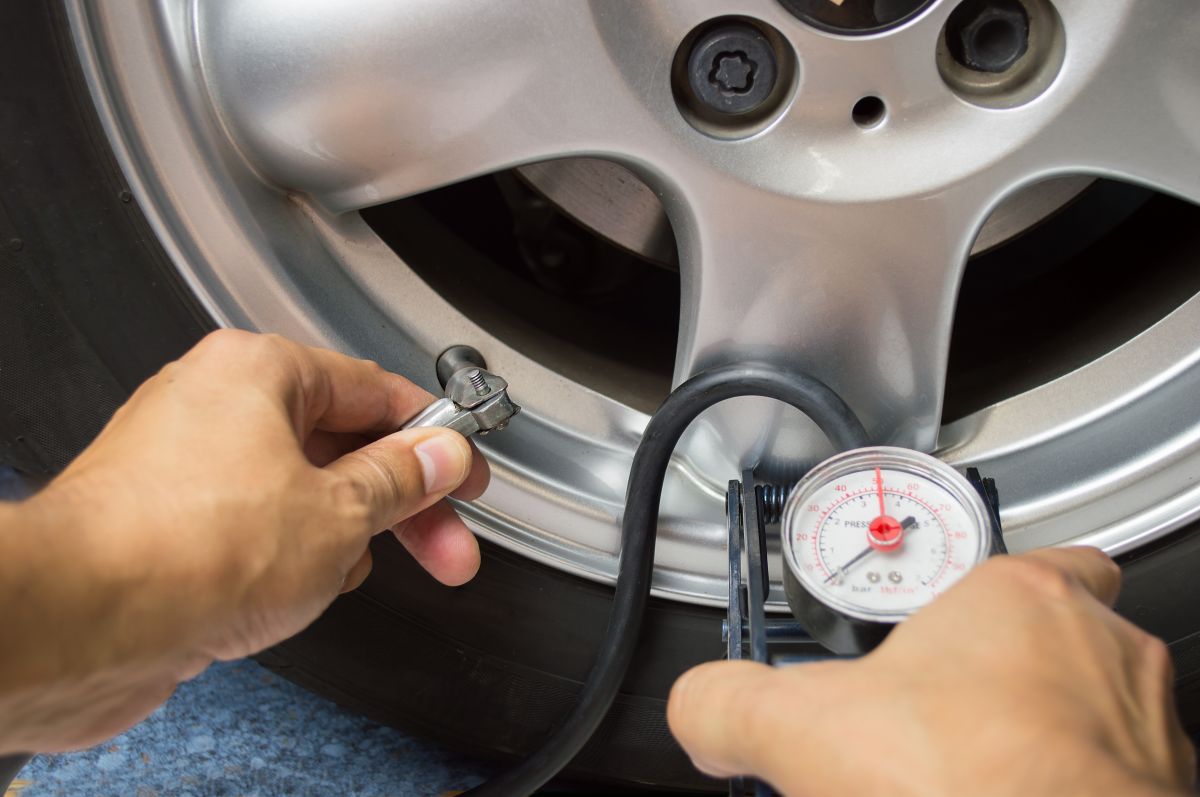Air pressure in your tires It is something that we must take care of so that it is always at the indicated level. Most of us know that with use and time pressure can drop and this affects tires and fuel efficiency.
However, the air pressure in your car changes not only because the air escapes, it also changes It can be affected by high summer temperatures The height above sea level is where you are.
If you are traveling by road from a low altitude to a very high altitude,Tire pressure can increase by 2 or 3 pounds of pressure due to elevation change.
How much height affects tire pressure?
If you are driving up to 5,000 feet above sea level, you can expect your tire pressure to rise by 2-3 pounds of pressure (psi). Likewise, if you go down 5,000 feet, your tire pressure will drop by 2-3 psi until you reset it.
Why does tire pressure change?
At sea level, the air around you is compressed to 14.7 psi by the atmosphere above it. But at 5,000 feet above sea level, there is less atmosphere compressing the air around you. Therefore, the air is compressed at 12.2 psi.
Another way to explain this change is that your tire was 30 pounds per square inch above ambient atmospheric pressure. But the same tire is 32 or 33 psi above ambient air pressure at a higher altitude.
Should tire pressures be adjusted before driving at a different height?
Usually it is not necessary to set the tire pressure to a different psi before a road trip. This is because even climbing or descending 5,000 feet will change the pressure by only 2 or 3 pounds.
However, you should always check and adjust tire pressure when it is cold, as warm tires will not give you the correct reading.
***
It may interest you:
How does an oil filter work in cars?
What is silicone spray and how can you use it in your car





